I willingly tape my pie hole shut every night and you might want to do the same.
Before we get to that, a little back story.
Picture it: my life, March 2020.
Friday, March 13th: the last day we’d all be in the office for two weeks well over a year. At my organization, which served victims/survivors of domestic violence and human trafficking, we were scrambling to figure out how we’d transition most of our 80 employees to remote work and yet still provide crisis and ongoing services. I was one of the executive staff who was helping steer the ship. It was a super stressful day; I remember our CEO raising her voice at an employee in a key position who was not taking it all seriously enough. It was all terrifying and oddly exhilarating, needing to problem-solve as a team at every turn.
The day before (March 12th) was my first day back from vacation and I had gone straight to our 20-bed, confidentially located emergency shelter to walk through with the management team how we might quarantine a resident who would get infected. We were located in one of the early “hot zones” for the virus and we all knew this wasn’t just a hypothetical exercise. Little did we know when we were designing a new facility (that opened in 2013) that we’d rely on that design to get us through a global pandemic. We had tons of bathrooms and configurable room situations that wound up giving us the flexibility needed to keep individuals and families safe.
Our emergency quarantine plan had to be put into place within days of my visit there; as we thought might happen, ours was one of the first domestic violence shelters in NYS to have a COVID-positive resident. The local department of health came to our facility in hazmat suits to advise our shelter staff on how to safely quarantine, interact with, and feed the single woman who tested positive. It was surreal, like our staff were awe-struck bit actors in a scene from the movie Outbreak.
Special sites were set up in our county to relocate such residents to safely quarantine, but our dedicated staff would not even consider letting the survivor go. Such locations were not hidden from the public, and, they reasoned, we had a duty to keep her safe from her abuser. My team was willing to put their own lives (and that of their families) at risk to fulfill their duty.
The days between March 12th and when my first symptom appeared on March 25th were long (14-18 hours) and gut-wrenching. As the head of most of the agency’s programs, I was simultaneously trying to support not just our shelter team while they navigated uncharted territory as de facto, newly minted public health experts, but also working to get our 24-hour hotline set up remotely in our staff’s homes, helping to ensure that staff in all of my ten or so programs had the technology they needed to carry out their work (they didn’t, but we had to get office phones set up in their homes pronto, which was a painful process that took weeks of coordination, trial, and error).
Those two weeks were the hardest I’d ever worked in my life. I had no days off, like many on my team. Every hour brought new challenges to overcome. It was clunky, but who prepares for a global pandemic? We were doing our best under the circumstances, though we were all so exhausted that we’d try to hold each other up by letting each other ‘tap out’ for a few hours or a day when we could.
My turn for a break finally came, and it was to be on Thursday, March 26th. The weather was slated to be beautiful, and Baldy was off too, so we had planned a hike. Nothing clears my head like being out in nature, and I was really looking forward to it.
I stopped working a little early on Wednesday, March 25th, leaving my colleagues to handle whatever would come up until I logged in to work again on Friday the 27th. I remember I jumped in the shower around 4pm on the 25th. As I let the warm water wash over me, I thought, “why am I having such trouble breathing?” It seemed I couldn’t take a deep enough breath. “That’s weird,” I remember thinking, but I didn’t think too much more about it. I was an avid exerciser, 6-7 days most weeks, and I had never had any kind of respiratory ailment.
The next day I was pretty exhausted, but I chalked it up to all the work I’d been doing. I found us a local trail we hadn’t done yet, and Baldy and I were on our way.
The trail was fairly flat for the first half mile or so. Still, I remember struggling to catch my breath. That’s when I first told him what was going on. But I never suspected COVID. We went into lockdown right away; where would I have gotten it from? I did however think that maybe I was coming down with a cold of some sort.
As the incline of the trail picked up, I had to throw in the towel. “I don’t know what’s wrong with me.” Just a few years prior, we hiked 10-12 miles a day in Glacier National Park, no problem. Yet this rinky-dink trail was giving me hell. We went home and I continued to have trouble breathing. I also started to feel slightly warm, like I had a mild temperature.
As day turned into evening, I got a text from a co-worker telling me to check my email. It was from the executive director of one of our partnering agencies and it said something like this:
“One of our employees recently tested positive for the COVID-19 virus. I’m writing to let you know that you were one of the people who was exposed to him when he was at your shelter on March 12th for a meeting.”
Though I can’t to this day be entirely certain that I caught COVID-19 at work, I still sometimes replay the scene in the shelter OVER and OVER and OVER again.
I arrive at the shelter.
Several staff are in the conference room, along with this person who eventually tested positive. I had never met him before, though I knew his name and that he was collaborating with our team.
My team introduced us and as their meeting ended, we all happily chatted out in the hallway for a bit.
My team and I then re-entered the conference room, and I sat down where this man had been sitting.
There were no masks yet. No universal precautions. Most people would not learn the phrase ‘social distancing’ until April.
When I replay the scene over in my mind, I watch droplets containing viral particles suspend in the air around our heads like dialogue bubbles, before sucking them down my windpipe and into my lungs (*remember this part for later).
Did I really have COVID? My exposure was 13 days prior to my first symptom. On the news, they were saying exposure → infection could take up to 14 days. A feeling of dread overcame me. I told Baldy the news and then I promptly moved into the guest bedroom, luckily on the other side of the house.
The next day, against all odds, I was able to find a hospital about 30 minutes away that was conducting testing. But back then, tests took weeks to come back. Surely whatever this is would be gone by then anyway.
I called my primary care physician; she told me it sounded like COVID and I should take precautions as if it is. She also told me that the hospitals were overwhelmed, and only to go to the ER if I had trouble breathing while sitting up. I toughed it out at home. But there was one night about a week in where I laid in bed watching the news, with scenes from busy hospitals that couldn’t keep up with the deluge of patients, as I myself struggled for air. I remember thinking, “I can’t go to the ER,” while at the same time thinking there was a decent chance I could die that night. Fortunately, that night was the worst of the acute illness and I clearly lived to see the next day.
you SOB
Shortness of breath would stay with me for 2.5 years. It was much worse in the early days of COVID and long COVID, often accompanied by what I can only describe as ‘lung burn’ (not like heartburn; it felt like my airway pipe was alternately on fire or charred). About seven months into long COVID, I saw a pulmonologist and did a pulmonary function test. I remember that test being grueling to get through; I was barely able to make my way home after. It felt like my lungs had almost been scarred by having to breathe in and out so many times as hard as I could. I was profoundly fatigued, worse than my usual severe fatigue (by far my worst symptom).
The pulmonologist told me that the PFT showed I was asthmatic. Despite the trouble as I was having breathing for months on end, this diagnosis shocked me. As I mentioned earlier, I had never had any respiratory problems. When I got colds in the past, they tended to stay up in my head and throat; I never developed bronchitis or any lung symptoms. He prescribed me two inhalers: one for everyday use and one called a ‘rescue’ inhaler.
Somewhere in my internet travels in late 2020 or early 2021, I had heard of the book Breath: The New Science of a Lost Art by James Nestor.
I devoured it. It was insightful, eye-opening, and kind of funny too. I remember thinking:
Everyone should read this book
Nestor himself had all sorts of trouble breathing for much of his life. In the book, he gets an extensive examination by a Stanford otolaryngologist before embarking on a series of self-experiments to learn more about dysfunctional and effective breathing.
This is not going to be a book review (the review is up there👆🏻 in bold); suffice it to say that what’s relevant here is that chapter 2 is called Mouthbreathing and chapter 3 is called Nose.
My life as a knuckle-scraper mouth-breather
I have always had trouble breathing through my nose. But I come by it honestly. Here’s my pops back in the day having a nap on the couch:
I don’t remember thinking too much about my mouth-breathing though until I met Baldy and things started to get serious with us.
Baldy is what you would call an extremely light sleeper.
No, not adorably so like this kitty. More like this:
When we were first dating, I was living in Astoria, Queens and he was living in Briarwood (near Kew Gardens). My bedroom in my apartment was right above a busy street corner. One night very early in our relationship, I woke up to the sound of him putting his clothes on in the dark. I was floored; what had I done that made him want to make a midnight getaway? Were we through? Cue my abandonment issues 🥺.
Turns out we were fine, but HE wasn’t getting a wink of sleep in my apartment and was leaving to drive back to Briarwood to try to get a few hours in before work. From that day on and through today, he curses Astoria.
(Side note: I loved living there; it’s close to Manhattan and so diverse, walkable, and ALIVE with activity. That last part was what he hated about it 😆).
And when sounds, vibrations, or movements wake him up, he sighs heavily, and THAT wakes ME up. I get so annoyed by it, but many mornings he doesn’t even remember sighing like this.
Baldy thinks I roll over frequently and aggressively. He has also accused me of being a heavy breather (not quite a snorer; more like Darth Vader’s redheaded lovechild). Over the years, he has taken to building a Great Wall of Pillow between us to drown out the sounds (especially when we stay in hotels where there are lots of extra pillows).
None of this is very sexy. But I can’t say he’s wrong. I change positions frequently at night and I have even woken myself up with my nighttime mouth-breathing. Years ago, we even experimented with buying two twin beds, like Lucy and Ricky Ricardo.
Except we pushed ours together. We had separate sheets and bedding, but one big comforter over the whole ordeal. This helped with the motion transfer issue for a little while, though it did nothing to address my mouth-breathing. Several months later, my twin bed developed a terrible squeaking noise and that started waking him up at night. Our beds were under warranty still, so we got some money to put towards new beds and decided to end this sleep study and go back to a king bed. The guy at the mattress store told us to go as firm as we could possibly bear if we wanted to avoid motion transfer, so that is what we did. It’s not perfect, but it’s bearable for the follicularly-challenged among us.
Back to the book
Fast forward back to early 2021 or so, when I was reading Breath and learning about the long list of mouth-breathing perils, including:
chronic congestion
increased risk for nasal bacteria and infections
higher blood pressure
lengthening of the jaw
crowding of the teeth
dry mouth which leads to bad breath and more cavities
drooping eyes and long face
sleep issues
increased mood disorders
dysfunctional exchange of gases (oxygen and carbon dioxide), and
less oxygen to the brain
That’s not even the full list.
Scary, right? It got me thinking: who else is a mouth-breather like me?
T. Swift might be on top of the world right now, but I bet she's breathing that rarefied air through her perpetually agape facial aperture.
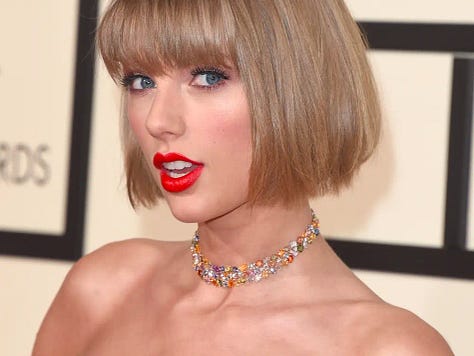
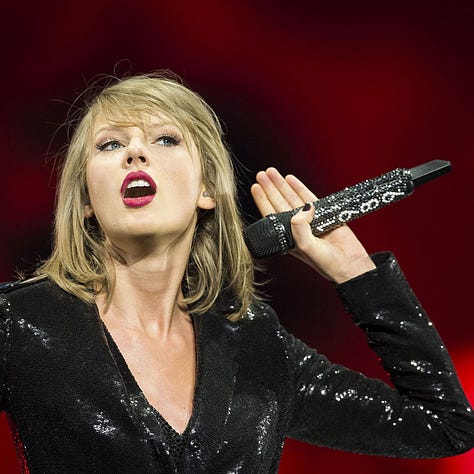

How about Miley Cyrus? Maybe she sticks her tongue out so much to get more air in.
Celebrities can afford to fix their faces, teeth, and anything else. For this commoner, it was back to the book…
After the mouth-breathing chapter, I read the chapter about nasal breathing and all of its many benefits:
The nose filters air, heats it, and moistens it - all ideal for the lungs to extract the most oxygen (a whopping 18% more than breathing through the mouth, to be exact)
Nasal breathing can lead to better sleep and can also help resolve ADHD in some folks. WOW.
The nose is also the only way to naturally get nitric oxide into the body, which is vital for everything from immune function, weight, circulation, mood, and sexual function. Speaking of which…
Did you know?
The way a drug like Viagra works is that it releases nitric oxide into the bloodstream, which opens up the capillaries all over the body, including in the peen? 🍆 🤯
And so, as a newly appointed asthmatic and lover of scientific geekery, this all fascinated me and convinced me that I had to promptly work on trying to become a nose breather.
Before we move on…remember this line from earlier that I told you to remember?
“I watch droplets containing viral particles suspend in the air around our heads like dialogue bubbles, before sucking them down my windpipe and into my lungs”
Well, when I contracted COVID, a virologist or infectious disease doctor probably could have guessed that I was a mouth-breather: I tested negative on the nasal swab test on Friday, March 27th (two days after my first symptom, but also 15 days after my alleged exposure in the shelter). I also didn’t lose my sense of smell or taste. It seems I had little to no viral load in my nose (because I wasn’t using it). Also, my first symptoms were shortness of breath and lung burn. The visual I described of me sucking in viral droplets via my yap trap really seems accurate, given my mouth-breathing tendencies.
Mouth-taping
Nestor taught me (after a doctor and a speech-pathologist taught him) that one way to train yourself to breathe through your nose is to tape your taco hole shut.
WHAT? Really?!
I was shocked when I read that people actually do this. Just the thought of it gave me a feeling of being suffocated. Also, given the work that I’d done for 25 years with victims of domestic violence and human trafficking, the visual made me think of being forcefully silenced. It really felt traumatic to me at first.
But, after 45 years of breathing through my mouth, I really wanted to improve my breathing and my overall health with something other than chemical inhalers. Since breathing is largely involuntary and, like most people, I hadn’t given any thought to the way I breathed, change would have to come through concerted effort.
And also, who really needs to speak at night?? What did I have to lose by trying?
I got some medical tape (more specifics on this below) and I started out slowly, as Nestor suggests, wearing the tape for just 10 minutes during the day to get a feel for it. It felt very strange at first and a bit challenging, since I was perpetually nasally congested. Once I got a feel for it, I started trying it at night.
The first night, things went well at first, but soon after I started to feel like I wasn’t getting enough air and that made me feel a little panicky. I only lasted an hour. The next night, I was able to go four hours before I removed it. Soon I was able to last all night (ooh, baby 🔥😆).
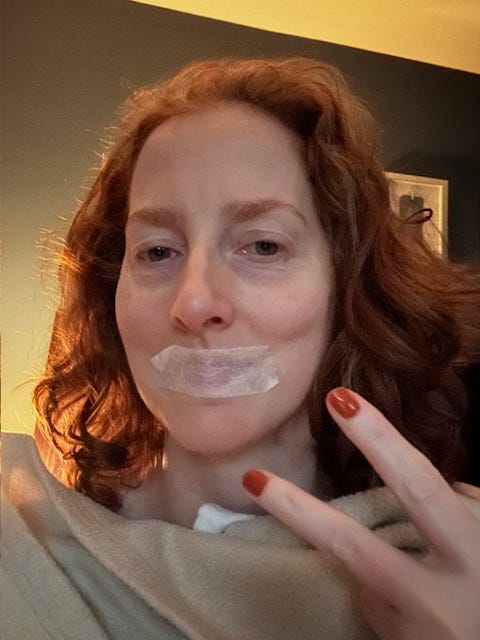
On occasion, I have nights where I take it off after several hours if I feel I’m not getting enough air. My ENT doc tells me I have a significantly deviated septum on my right side. Or sometimes, I’m more congested than usual and it’s just not going to fly. But mostly, I have it on for the entire night.
The benefits? My sleep has improved greatly, according to both how I feel and what my Fitbit tells me. I spend more time in deep sleep and my oxygenation has normalized. My mouth stays moist through the night, which is better for my oral health. Before the mouth-taping, my mouth would become tacky and disgusting, and my throat would become uncomfortably parched. I’d not infrequently get a tickle in my throat that would have me up hacking, sometimes for hours. That hasn’t happened once since I started taping.
Nestor made it seem like mouth-taping was a somewhat temporary fix to “train” your body to keep its mouth closed at night naturally. After months and months of mouth-taping, I tried going au naturel a few times. Granted, my mouth stayed closed longer than it would have in the before times, but eventually my jaw would drop and I’d wake up with yuck-mouth. Baldy noticed too; he had more trouble sleeping on the nights I went bare-mouthed.
One thing I’d been slightly and vainly worried about is developing mouth wrinkles or skin damage from the tape, which can be pretty sticky and hard to remove sometimes. So far there’s been no indication of that. Also, what’s a few wrinkles if it means my breathing, sleep, and overall health improves?
However, in an effort to find a tape with gentler adhesive, a few nights ago I tried new tape (CVS for sensitive skin). It turns out it was not wide enough, sticky enough, or in any way porous, and I couldn’t keep it on for more than a few minutes. But I didn’t bother to put my other tape on and so I slept for most of the night with my mouth open and it was fitful, unrefreshing sleep. The next morning, my sleep stats weren’t great, but my oxygenation is what was affected most:
I have been using 3M Micropore tape that I got on Amazon, which allows you to breathe through the tape if you really need to. I was reminded when I pulled the book out again that Nestor recommends 3M NexCare Durapore tape, a durable cloth tape with gentle adhesive. I just ordered a roll of this from Amazon and I’ll let you know how it goes.
I’d recommend tearing off a two-inch piece to cover the horizontal width of your mouth, and then sticking it on the back of your hand a few times to get some of the adhesive off before using it on your mouth. It’s also helpful if you turn a corner of the tape inward on each end so that it’s easier to remove the tape in the morning (or during the night if you need a sip of water or something).
Another benefit to mouth-taping at night is the positive effect it’s had on my daytime breathing. I would say that I now spend the majority of my day nose-breathing and it’s been awesome. My nasal passages are almost always clear; I’d say that’s the biggest benefit.
Occasionally I catch myself mouth-breathing again during the day. I think this is because I have POTS and when my heart rate jumps upon standing or bending over, I get out of breath really easily. I’m also aerobically deconditioned, like many long haulers, which also contributes to my getting winded with minimal exertion. In addition, folx with long COVID and ME/CFS do not circulate oxygenated blood around their body as well as healthy folx, especially when sitting upright or standing. This can make you feel like you need to breathe in more air, although the truth is that taking in greater volumes of air will not help with oxygenation rates and may in fact worsen them (according to another author I read, Patrick McKeown, who wrote The Oxygen Advantage which is also worth checking out).
Bringing this in for a landing
So yeah, I’m a mouth-taping convert. It’s not nearly as weird as it first seems. Baldy is a big fan as well.
Heck, even athletes are working to improve their aerobic conditioning by mouth-taping during practice. Check out tennis great Iga Swiatek. Twitter (I refuse to call it X) was abuzz about it.
So, what do you think? Have you tried mouth-taping? If not, would you after reading this? I’m here to answer questions. Meet me in the comments so we can discuss:
Now stick around for…
🥳 The After-party 🥳
Announcements, links to articles and studies, recommendations and shout-outs, and miscellany joy and/or tomfoolery.
🔬 BIG news on the research front this week: long COVID researchers found that pieces of the COVID virus can remain in the gut and cause depleted serotonin levels. Friend of The Tonic
wrote an excellent summary of it this week in her Health Shot segment. Definitely check it out.💓 POTS is very common among long COVID and ME/CFS patients. POTS stands for postural orthostatic tachycardia syndrome, and is marked by a heartrate that jumps up 30 beats per minute or more when standing. It is thought to fall under the umbrella of dysautonomia (dysfunction of the autonomic nervous system). Check out this piece to learn more about it and how you can get diagnosed: Don't Fear POTS: Tips for Diagnosis and Treatment.
💊 Hold onto your hats: Pfizer to price COVID treatment Paxlovid at $1,390 per course. Paxlovid has been free so far in the U.S., where the government bought the antiviral treatments for a fraction of that and has offered it to folx in the U.S. for free. That all ends apparently starting in January. BUT, come January, you should still try to get a prescription for this from your doctor if you get COVID, because there will be insurance coverage and potentially rebates/discounts.
🍂 It’s autumn here in the U.S. and many other parts of the world. That means you should put the damn lung-polluting gas-powered blowers down and Leave the Leaves.
🥇 Winners of the week: This German couple loves McDonald’s so much, they decided to get married at one in the U.S. The fact that this is considered quintessentially American is…well…I guess better than being known for an outrageously overpriced and underserving non-universal healthcare system, failing schools, or rampant political dysfunction. Right? Plus, although McDonald’s food will kill you if you overdo it, as the writer says, “we’re not going to yuck someone’s yum.”
👨🏻⚕️ Speaking of our profits-over-people healthcare system, check out this comment I found on the New York Times that perfectly lays it all out.
🤦🏼♀️ Buffoons of the week: The Republican Party, take a bow. Because you licked the boots of that lying orange reality-show-rapist-failed businessman-criminal-menace to society, you have a three-ring shitshow of dysfunction that is entirely your own doing. And now the American people have no speaker in the House of Representatives at a crucially important time in domestic and international affairs. Nice going. I hope voters (are paying attention, and) remember this on every Election Day for years to come.
🐈⬛ 💩 And finally, it’s this week’s Cat Dump. Vestibule edition.
Before the cuteness, you should consider reading this very sweet story: A Virginia woman was feeling sad. Her doctor prescribed her a cat. Why can’t more doctors be actual human beings like Dr. Earl?
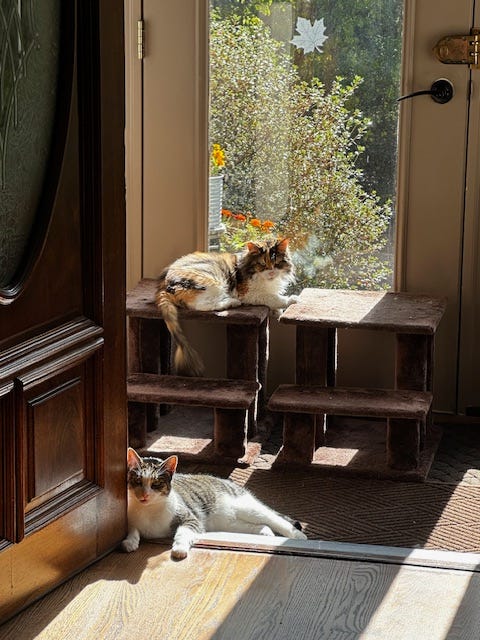
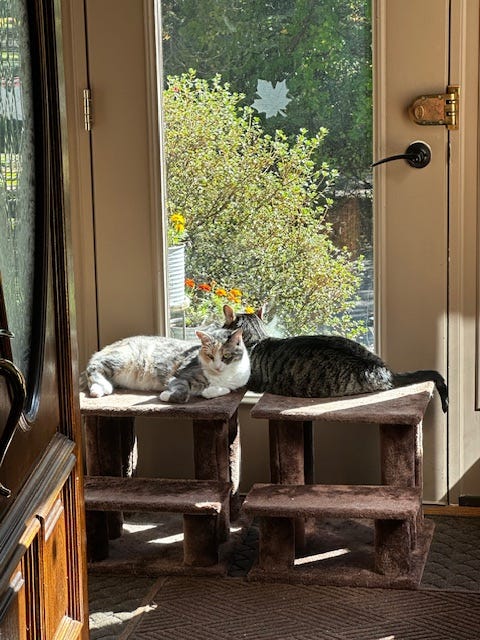





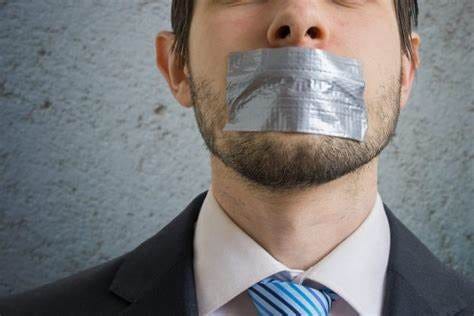
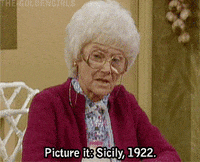


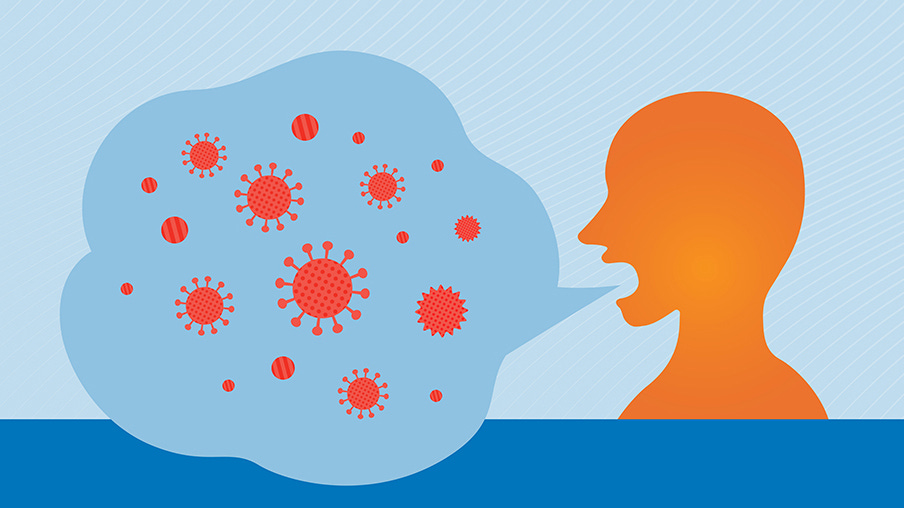




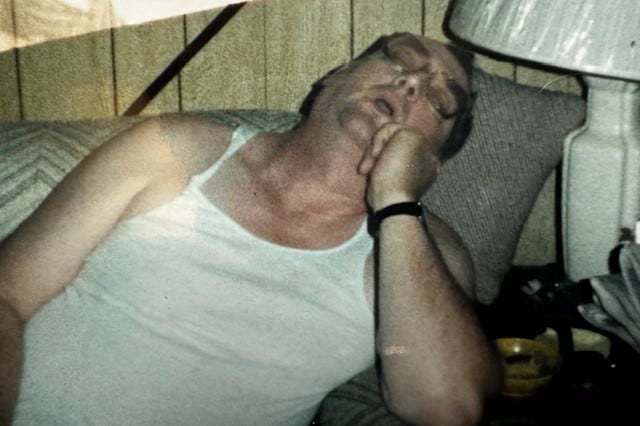



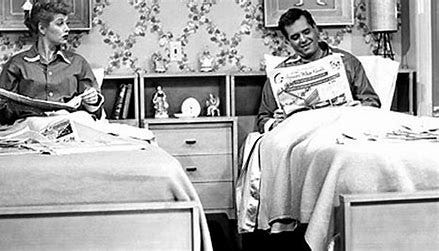
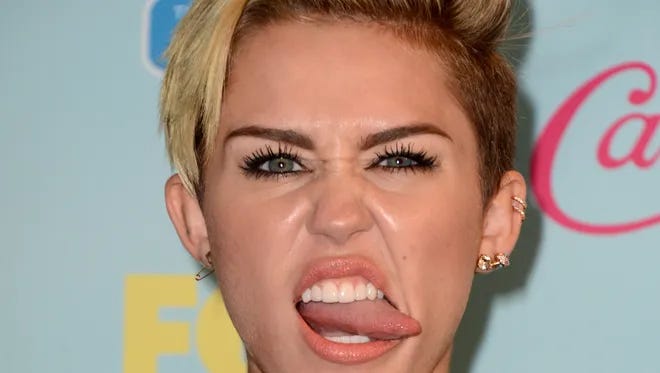





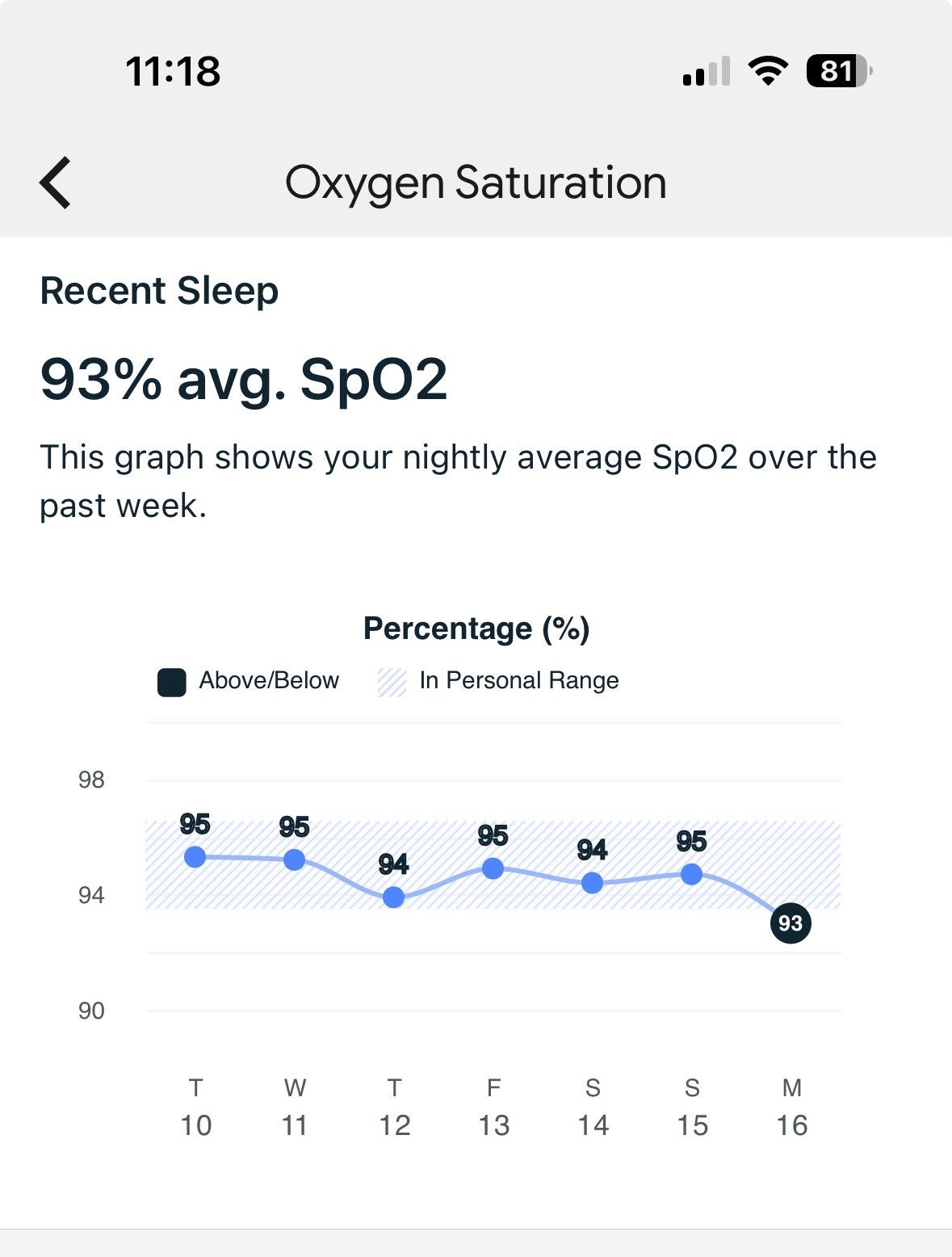





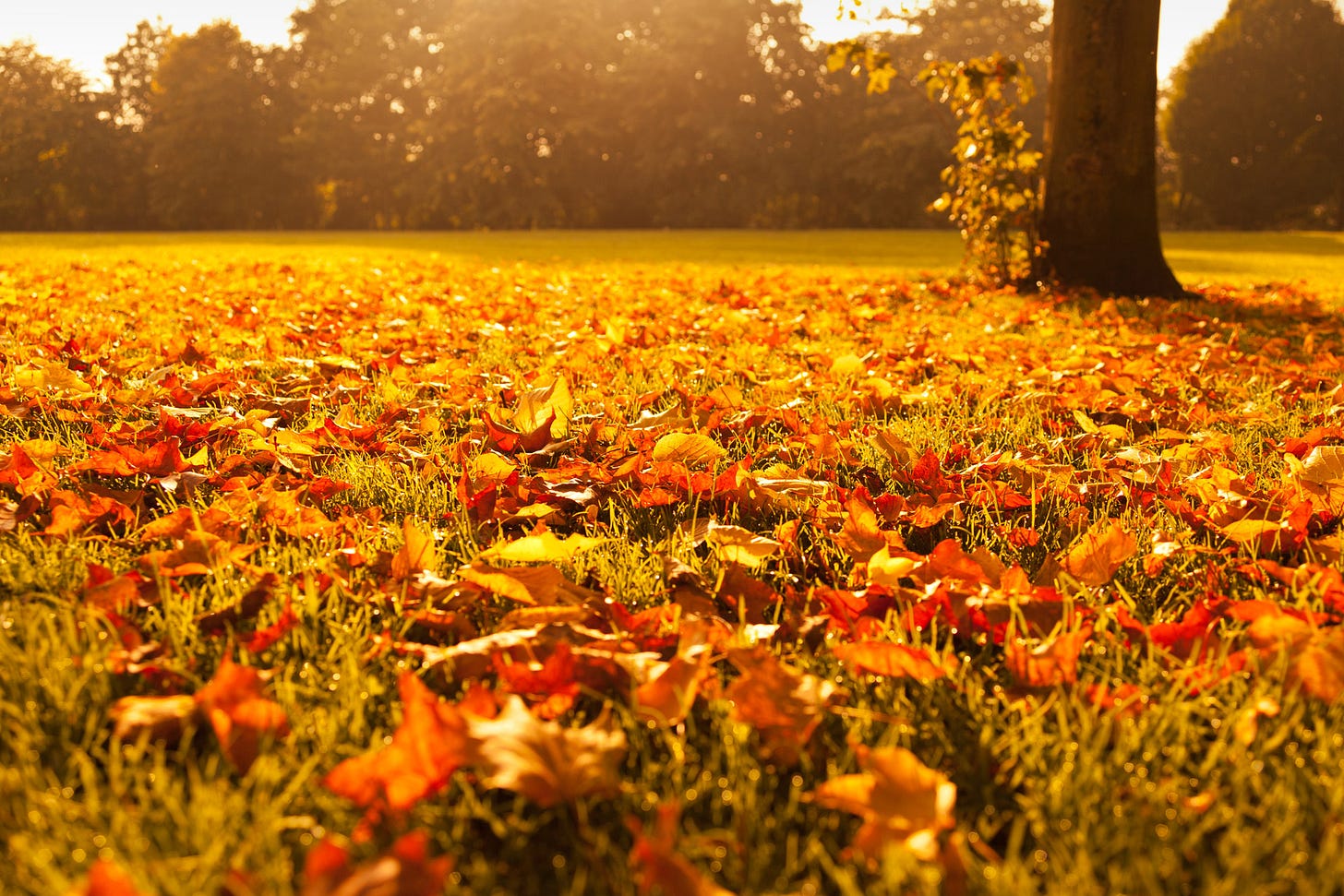


This just in - there’s apparently a stage act called Tape Face and he’s coming to my local theater this week! 😳 (unfortunately I am otherwise engaged that night, but I just had to post this).
https://youtu.be/aIGpGFgRf-w?feature=shared
This is really interesting, Amy. I’ve been asthmatic since childhood although not to the extreme of needing constant medication. I also wake frequently with dry mouth etc., I presume from unconscious mouth breathing. I always put it down to wrecking my nasal passages in my 20s by inhaling far too many solvents (not through choice) when working in theatre and as a model maker. When I left that world, I spent the next three years not being able to breathe through my nose at all.
I’ve never heard of taping but I’d definitely try it after reading this.